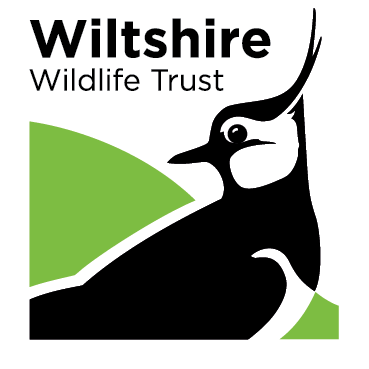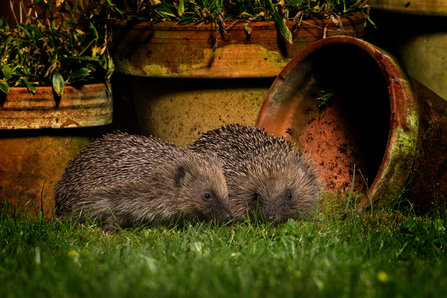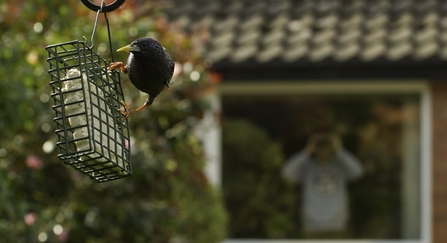It is that time of year where the days grow shorter, the air turns crisp, and trees transform into shades of oranges, reds and yellows with leaves slowly whirling to the floor. Hedgehogs start to hide away; peacock butterflies seek shelter for torpor and birds scatter seeds helping regenerate our forests. It’s a time for change – not just for us but for all species. Supporting nature during this season is vital for its survival and for keeping our ecosystem thriving.
So, how can you play a role in protecting local nature this autumn, whilst also enjoying nature for yourself? Here are 5 steps to help wildlife flourish.
1. Welcoming wildlife into a local green space
You do not need acres to create a haven for nature – you can encourage wildlife in your garden or a shared local area. Some perennials can be planted in the autumn to encourage pollinators such as butterflies in the spring. Reuse wood to create a bug hotel or rake a leaf pile to create a hibernating hideout for hedgehogs.




